This is a question about modifying an assembled board to make it easier to debug.
In a perfect world, I would have left the bottoms of these vias un-tented. Whoops.
I have two BGA parts on a PCB, with a 32 bit wide bus with a few control lines and a clock line connecting them. Almost all of these traces are only on internal layers. There looks like a signal integrity problem on the bus.
The good news is that the board only has parts on one side, and all the vias are through-all.
Can anyone suggest good ways to remove the tenting over the vias so they could be probed with an oscilloscope, or at least be able to solder 30 gauge wire to them?
The connection needs to be pretty good – the bus runs at about 100 MHz.
There are also some traces on the bottom layer, which I need to avoid damaging.
My current ideas:
- use x-acto knife to scrape off solder mask, first with a side to side scraping motion and then swivel the blade in a circular fashion.
- Use fine grit sand paper and remove the solder mask from the local area (covering several other vias, and maybe a few traces)
This article has a little more information too: http://www.edn.com/electronics-blogs/signal-integrity/4327009/Scrape-it-How-to-probe-a-microstrip-trace-with-no-accessible-test-points-or-vias
However I am hoping someone has a method that they consider a "joy to use."
I don’t want to just dive in; this prototype costs more than my car and I just have the one.

